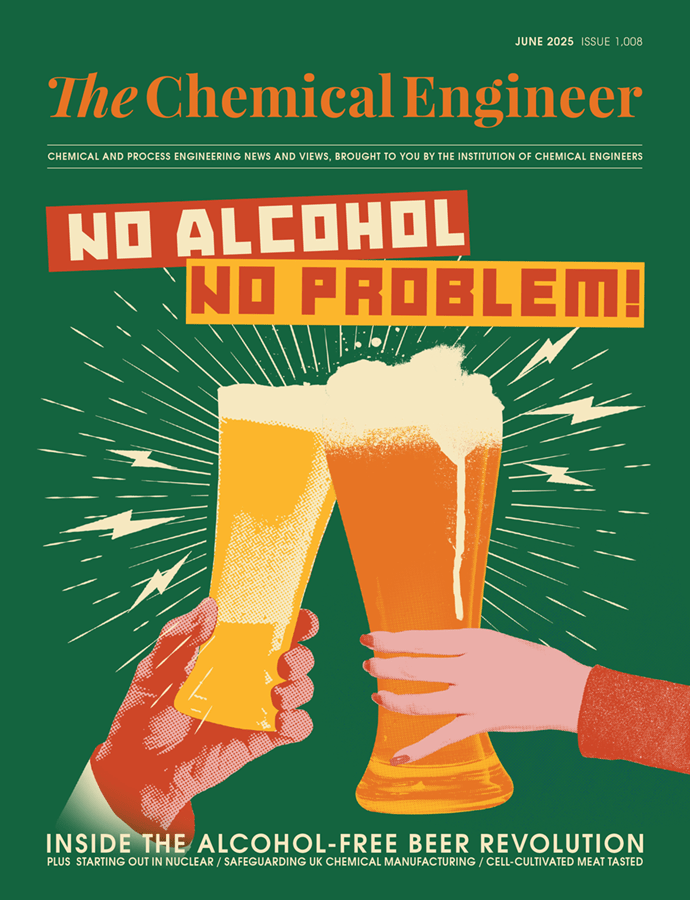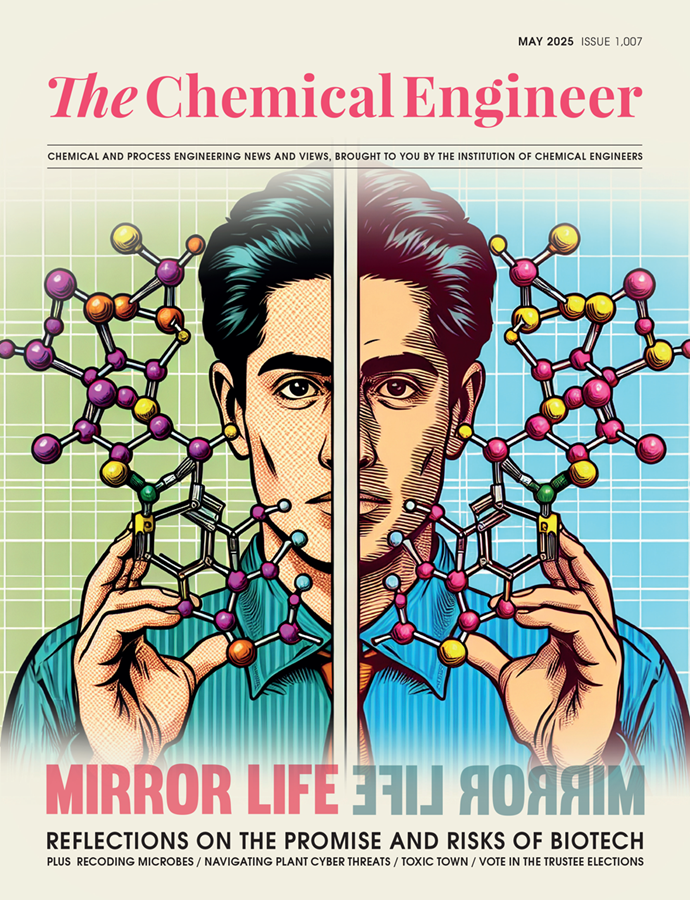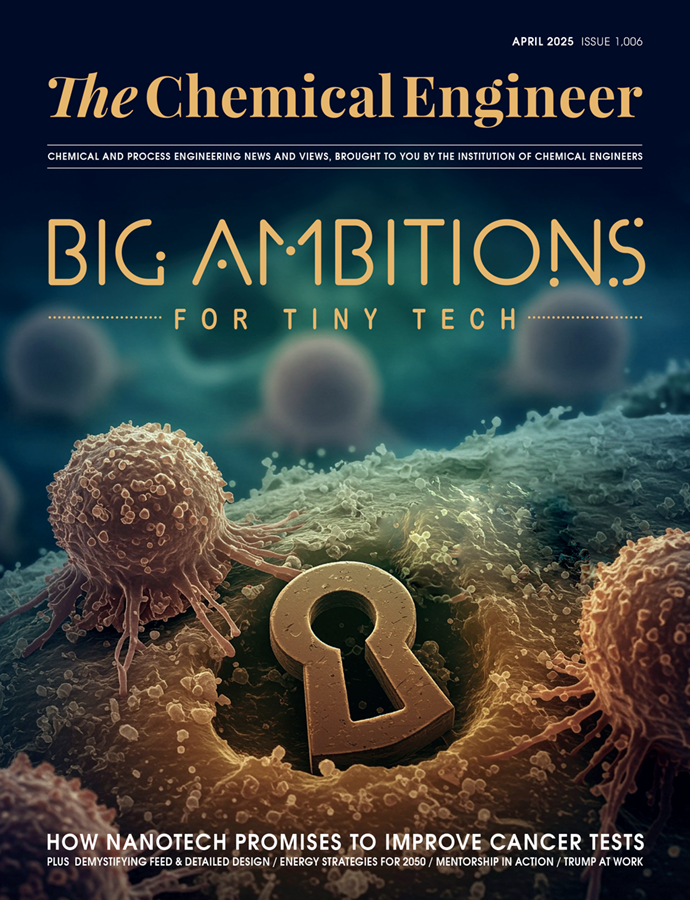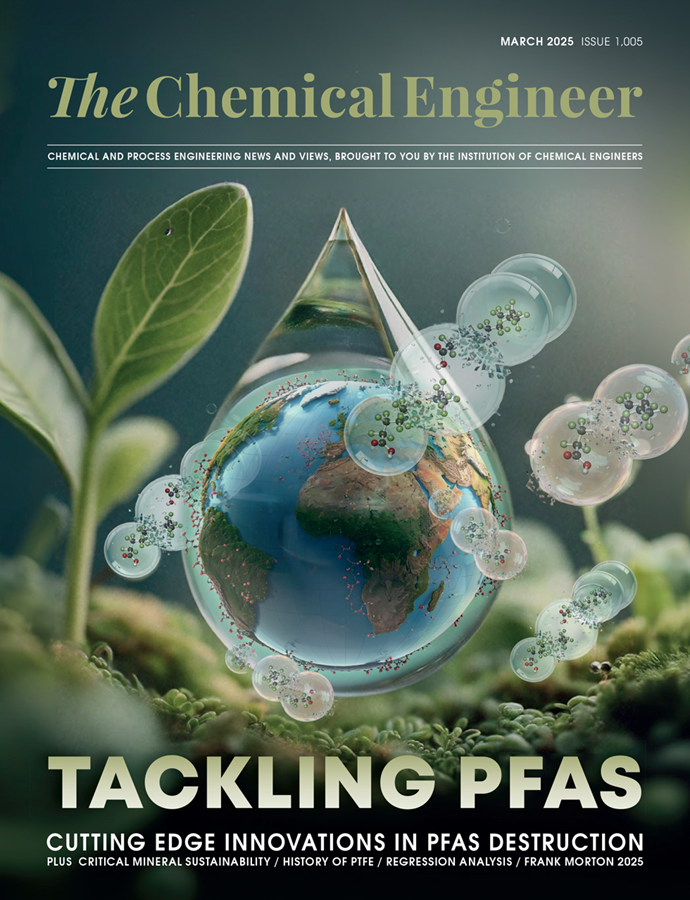Monash team enlists AI to rapidly identify microplastics in step towards real-time environmental analysis

ARTIFICIAL INTELLIGENCE could one day help us clean up microplastics after researchers at Monash University showed AI can help with rapid identification. The system could eventually sweep the oceans and carry out real-time wastewater analysis.
Monash’s programme uses machine learning to analyse thousands of samples per second. It uses data from fourier transform infrared spectroscopy (FTIR) to identify chemical signatures and distinguish them from fragments of seashells and natural fibres like fur and algae.
Monash researcher Frithjof Herb said: “Not only is the process of analysing samples arduous and time consuming, but until now, we have been unable to do it on a large enough scale to gain a comprehensive understanding of exactly what microplastics we are dealing with, where they are, and where they end up.”
Asked about future applications, Herb says that ideally the technology would be developed into a system that could be attached to ships so it could allow vessels such as those used by the coastguard to monitor microplastics in real-time.

“If we could implement a suitable data-gathering method, we could then start to model plastic density and migration through the ocean, similar to how we model cloud, wind, or other climate patterns. This would have significant benefits, such as guiding cleanup efforts, tracking and tracing pollution sources, and even providing beachgoers with forecasts on contamination levels.”
Herb adds that because the artificial neural network he has developed can accurately and reliably interpret difficult data from a wide range of sources, it also brings engineers a step closer to developing systems for real-time automated analysis of wastewater systems.
“This is a very important first step in finding ways that we can clean up these damaging microplastics and find ways to prevent them from entering environmental waterways in the first place.”
The research was published in the Journal of Hazardous Materials.
Recent Editions
Catch up on the latest news, views and jobs from The Chemical Engineer. Below are the four latest issues. View a wider selection of the archive from within the Magazine section of this site.






